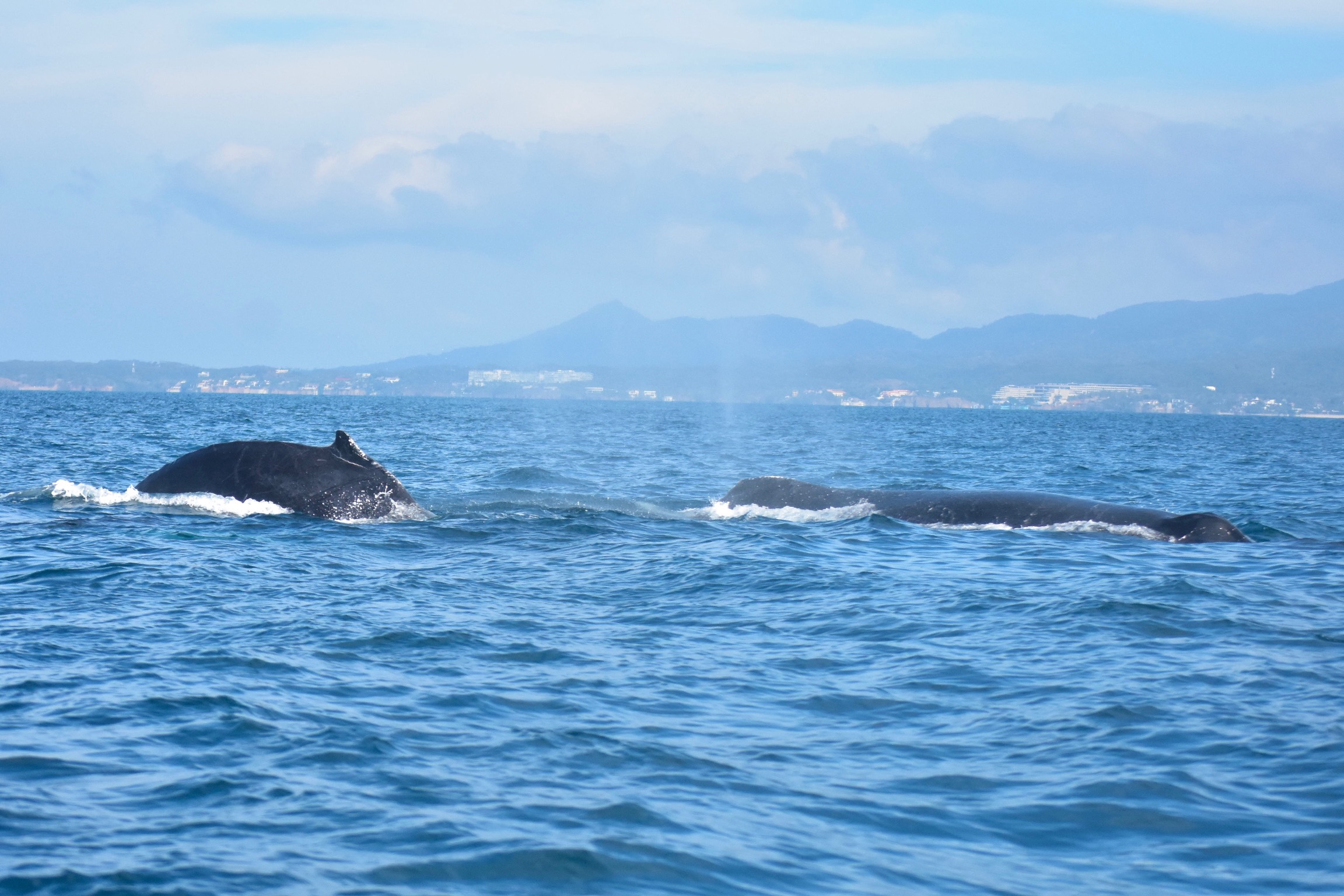Recent press about an actual conversation with a whale was preceeded by ground-breaking work by Dr. Michelle Fournet and profiled in the fantastic documentary Fathom on AppleTV. This is a MUST WATCH if you love the ocean - or humanity!
We Can Talk to Whales
Scientists have had an actual conversation with a whale. The research paper cited in that article is available here where they scientifically document “a 20-min acoustic exchange between the broadcast of a recorded contact call, known as a ‘whup/throp’, with call responses” by a specific lone Humpback whale.

The Foundational Science
The “whup” call that is a “Hi, my name is …” seems to have been identified and initially confirmed by Dr. Michelle Fournet and profiled in the fantastic documentary Fathom on AppleTV. It was seeing that show a year ago that first set me on my idea of wanting to build a hydraphone to get more of these recordings.
Fathom also profiles the challenges faced by Dr. Ellen Garland who studies how whale song propogates across different groups of whales, and how that communication is actually a community that pre-dates humanity by millions of years. It’s truly astonishing.
If you have not seen this show, you are in for a treat. The scenery is breathtakingly beautiful and the storyline shows just how difficult the collection can be. The scientists go out on a boat every day and hope they find whales and hope they are singing.
Hope is not a strategy. But it’s the best they have got. The collection efforts are fraught with challenges and the equipment is not readily available and standard. The equipment to do the recording has to be rugged for field use and yet simple enough to build and maintain. One estimate I heard for the cost to duplicate Dr. Fournet’s gear is $20K USD. In Fathom she lost 25% of her field time for recordings because her small boat engine broke. What’s amazing in Fathom is how the gear used by Dr. Garland is vastly different than what is used by Dr. Fournet. I am guessing that every science team is building their own solution, re-inventing the wheel and slowing down their overall work.
My Hopes
I dream of a day when research sicentists can deploy a dozen or more hydrophones to an area with active whales and collect the data remotely. Even better: if connected to the internet (by a variety of radio technologies) and with the ability to transmit sound - as shown in the movie Fathom and described in the research paper above - we can remotely communicate with whales. This would literally be a “telephone system to the whales.” The hydrophones could even be mobile someday so they can follow the whales around.
This means we need to drive cost out of the tooling, and we need to make it standardized. Think of what the Raspberry Pi did for single-board-computing technology. THAT is actually what my goal is: to contribute in some small way to moving the technology in the direction where real scientists have an easier time because they have tools at hand to do their work.
But like I said above: hope is not a strategy. My personal plan is to do R&D work to standardize and simplify technology for marine acoustics. I blogged about this earlier this week.
The SOFAR Spotter is not cheap. The one they sent me - with the development kit - costs $13K USD. I could not have spent that for development which is why I am so excited that they granted me one as part of their Pioneer Program. I strongly believe that the Bristlemouth technology standard will drive costs down through standardization. But even $13K - before adding a hydrophone - is way too much.
I reached out to a company that makes what appears to be an excellent, high-performance “smart” hydraphone. The list price is $10K. Even if you integrate that with the Spotter you are taking $30K per unit. I can’t imagine a science lab affording tens of those. The costs are just too high still, for the science that deserves to be done. We can integrate a much cheaper analog device and do the “smart” work ourselves. At least, that’s the part I want to do!
I also don’t think a full Spotter is needed for this application. We can simplify it. But it’s a good platform as a start to really explore the Bristlemouth technology. And that’s exactly what I am going to do next.
I hope you will follow along!
